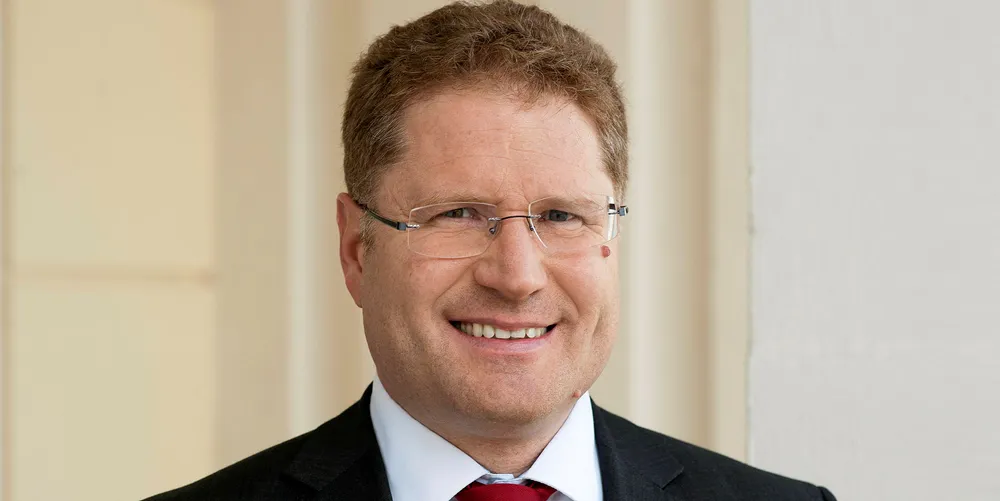Germany risks missing 2030 renewables target without big offshore wind boost
Raising 2030 sea-based wind target to 25GW and reversing collapse of onshore wind or doubling PV additions would also be needed, says think-tank Agora Energiewende

Raising 2030 sea-based wind target to 25GW and reversing collapse of onshore wind or doubling PV additions would also be needed, says think-tank Agora Energiewende
